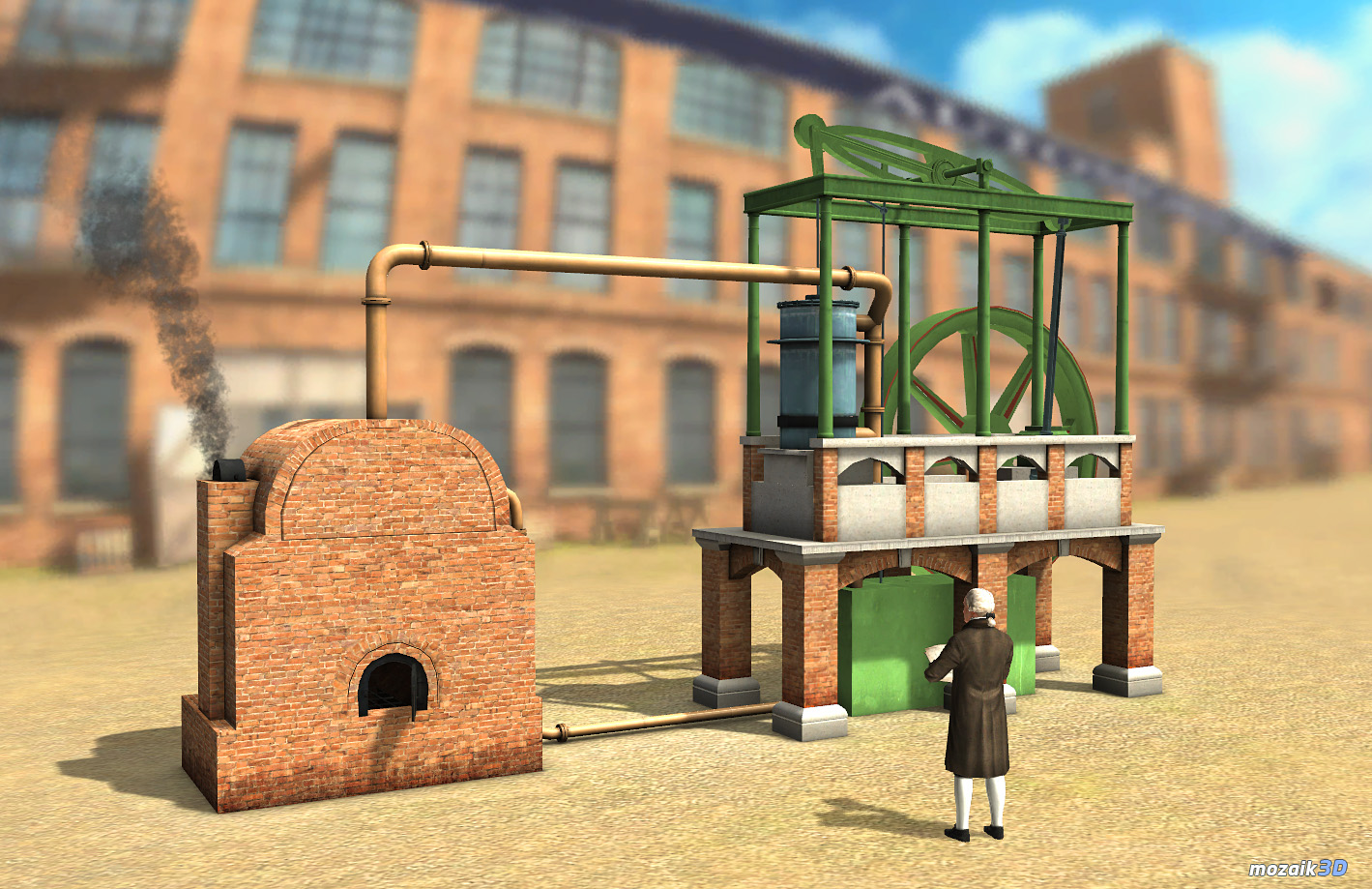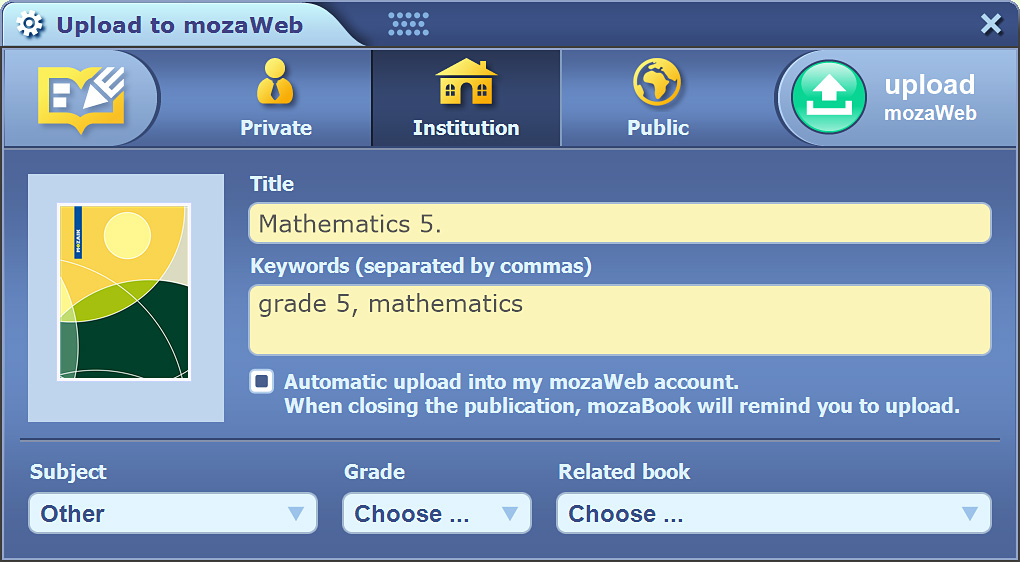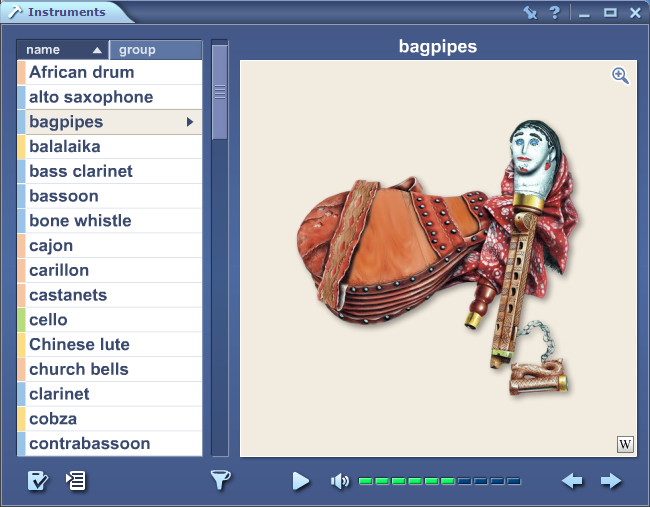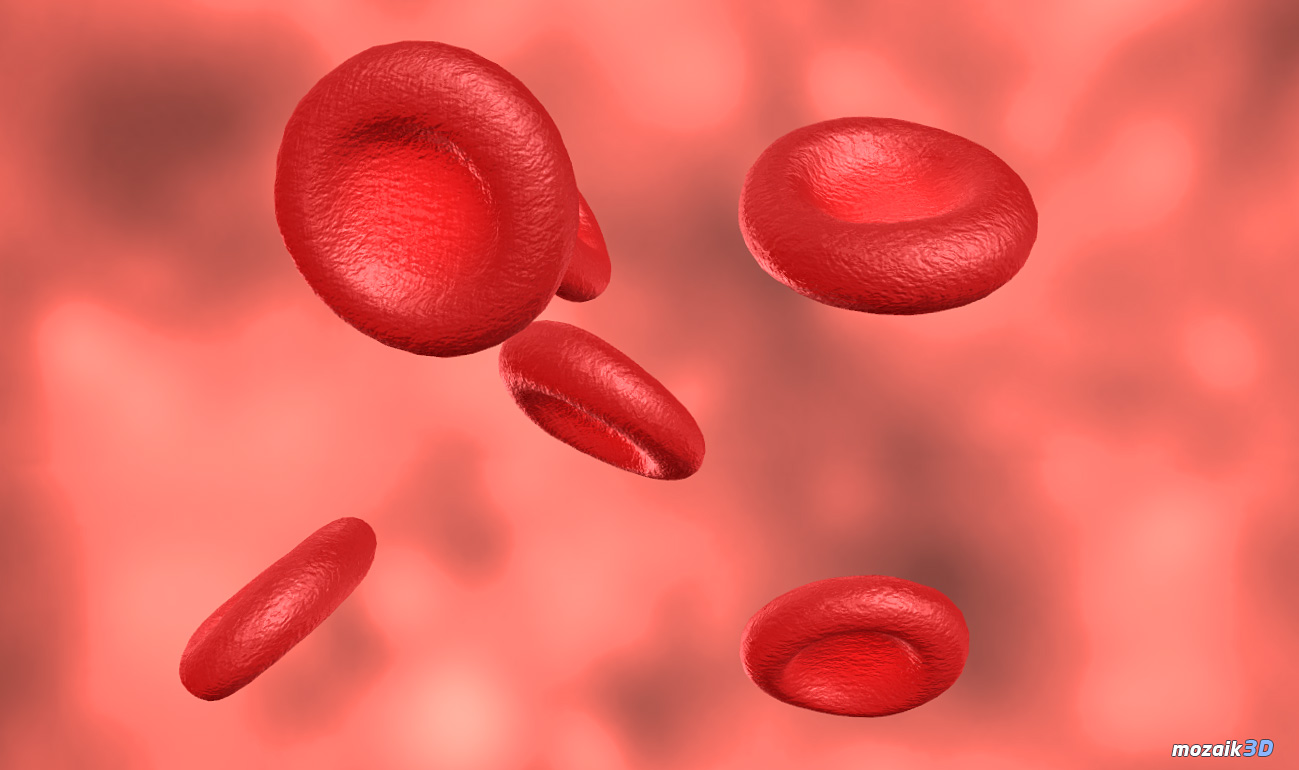Most pupils are interested in learning about their own body and about how it works. We can project videos and use wall boards, drawings and photos meaning there are unlimited possibilities for visualizing these topics during lessons. When the opportunity arises we can also make observations relevant to lab practices, such as dissections, using a microscope, etc.
When we are interested in showing tissues, more specifically human blood, we always face the difficulty of taking microscopic photos of thin sections, of preparations; consequently pupils have difficulty recognizing tissues in space, or they are not even able to perceive how a tissue works. These problems can be solved with the help of a 3D animation made about human blood.
During the opening scene we get inside the blood flow where the blood components and their movement are represented. We can rotate it, making it more lifelike and so we feel like real viewers. Tip: Let's discuss it with pupils by how many times we should shrink ourselves to be able to observe blood flow this way.
 You have certainly encountered the following problem in teaching. Does it ring a bell when students have difficulties with imagining what you are talking to them about? Sometimes it would be great to travel back in time so that you can actually show them the events and objects that they learn about during lessons. Now you are given the opportunity to show them with 3D animations and tools available. These can be used in a lesson with which you cannot only raise your students’ interest but you can also make your lesson spectacular. Meanwhile, the material becomes incredibly easy to teach.
You have certainly encountered the following problem in teaching. Does it ring a bell when students have difficulties with imagining what you are talking to them about? Sometimes it would be great to travel back in time so that you can actually show them the events and objects that they learn about during lessons. Now you are given the opportunity to show them with 3D animations and tools available. These can be used in a lesson with which you cannot only raise your students’ interest but you can also make your lesson spectacular. Meanwhile, the material becomes incredibly easy to teach.
The following lesson plan provides you with ideas to teach the geography of Great Britain.
1. Let’s show the role of the Industrial Revolution and technical innovations in the development of traditional heavy industry sectors.
“The industrial revolution evolved in the island country in the 17-18th centuries. Several inventions were patented that diversified production. One of them was the steam engine perfected by James Watt.”
Applying Watt’s Steam Engine (18th century) mozaik3D Interactive model we can get familiar with the engine’s structure, with the operation of some of its parts and with circumstances of development. Let’s look at the narrated Animation first. Then, clicking on Edit we can drag the engine with our mouse and look at it in various views. In the toolbar above, if we click on rotate the image can be locked in any view. In this way, further drawings and texts can be added to make the material clearer for students.
For years, the exercise books that we prepared at home could be saved to our school computer only with the help of various data media, furthermore, we could bring school exercise books home merely on a USB drive. In the latest mozaBook version there is already the possibility to synchronize exercise books through the Internet and save them automatically into our own on-line account. We can also manually upload exercise books from time to time as to this account then open it when logged-in at the last updated point.

A more comfortable solution is to authorize automatic saving. With this, after closing our exercise books, the modifications performed within them are automatically saved into our on-line account. Consequently, the latest version of the desired exercise book will always open on each and every computer on which mozaBook is installed.
mozaTool Instruments is an app for English-speaking students learning music or non-English speaking students learning English - anyway, it offers images and sounds of dozens of musical instruments.
It can be used from a very early age: with kindergarten children just leave the names until later and let them enjoy the pairing of the image and the sound.

You can sort any instrument by clicking on its name, the image can be zoomed in on for further details and you can listen to its sound by clicking on the play button under the image. If you want to learn more about the instrument just click on the “W” in the right bottom corner of the image to open the relevant Wikipedia article.
Undoubtedly, rather breath-taking paintings can be created in ink. Yet, the picture that appears on the leaves of a white carnation as a result of an intriguing experiment certainly competes with those paintings. What does the vascular tissue consist of? What do the terms "xylem" and "phloem" stand for? What do they look like? What are vascular bundles and what types do they have? How can they be examined? The following lesson plan provides ideas for teaching plant water transport.
1. Let's introduce the parts of the vascular tissue and the basic idea behind their operation.
Tracheophyta both transport water and water solutes in tubular formations. The vascular tissue can be divided into two parts, namely the xylem and the phloem. While the xylem transmits such ions that become dissolved in it, from its root towards all the other organs, the phloem transmits organic materials having been dissolved in water from the leaves towards all the other organs.

Is it possible to teach ethical behavior? Apparently, this is an existing and legitimate suggestion. Now let’s try it! With Ethics Unwrapped University of Texas makes an attempt to teach such basic ethics for students that are useful when coping with the challenges of the business world. Certainly, economic crises of previous years pinpoint how crucial it would be to live up to ethical standards in the business sphere. Had it been for conforming to basic ethic norms, the whole American credit crisis could’ve been prevented.



